How a multi-generational C-suite can future-proof your business
In HBO’s hit show Succession, patriarch Logan Roy pitted his children against each other for the top spot of leading his media conglomerate. Those who’ve seen the show will know how it ends, but what if he took a different route? What if he established a collaborative, multi-generational leadership team to guide Waystar RoyCo into the future? Granted, it would have made for far less dramatic tension (and probably fewer award wins) for the show. But for Roy’s shareholders, it would’ve been a smarter move in a rapidly changing media industry. Succession planning is a non-negotiable principle for any thriving organization, yet it’s also one of the hardest to get right. And in today’s volatile, fast-changing environment, proactive planning is even more critical. There are relentless technological disruptions, and diversity initiatives are under scrutiny. For the first time in history, five generations will work side-by-side in offices around the world. These dynamics present unique challenges for maintaining growth and stability. For CEOs, whose average age is 59, the following questions are critical: Are they equipped to engage Gen Z employees and the subsequent generation? Are they prepared to lead in an AI-driven world? Without support, the honest answer is often no. Last year, the Financial Times reported that a record number of CEOs stepped down due to investor pressures, technological disruptions, and underperforming markets. All of these factors are making the role harder than ever. After years of thought, I recently decided to appoint a new CEO for our U.K. and European business. It was a bold move as we skipped a few generations. But he was ready to take the reins after a lot of training, learning, and success. So far, it’s working. In a very short period, our business already feels more energized, agile, innovative, and resilient. Here’s how you can create the same momentum for your business. Build an open culture of multi-generational learning By the time Generation Alpha enters the workforce, five generations will be working together in a single workplace. Rather than seeing this as a challenge, treat it as an opportunity. Harnessing multi-generational perspectives fosters creativity, improves decision-making, and strengthens collaboration across teams. To align generational differences, encourage multi-generational open learning. For example, you could introduce mentoring schemes that encourage a two-way flow of ideas and perspectives between senior and junior staff, rather than solely top-down programs. Balancing continuity with the pursuit of innovation is the leadership challenge of our times. A multi-CEO model with age diversity might just be the way to navigate it. A diverse suite of leaders can help bridge the gaps between generations because it creates a synergy that benefits employees, clients, and organizational growth. Identify and support the right successors from each generation Finding qualified leaders has always been a challenge, and today’s hyper-disruptive business environment has only made it more difficult. From tech to media, industries undergoing transformation need leaders who can navigate complexity and disruption, even though it may be the first time they’ve done it. You might be wondering whether you should promote internally or hire from the outside. My view is clear, and it’s that home-grown works best. I’ve tried both, and in our type of business, growing a successor over time always seems to work better than bringing in someone from outside. Once you’ve identified a potential successor, help them rise with a development plan that gets them to the top job. They’ll have plenty of opportunities to succeed and fail along the way. By observing how they handle these moments, you build confidence in your choice. Just be aware that high-performing employees will have their choice of job offers, so you need to figure out how you can incentivize them to stay. Twice, I’ve developed successors only to have them leave for competitors. Losing these experts can be costly and immensely frustrating. A multi-generational C-suite acts as a safety net, retaining these individuals while equipping them with the tools and mentorship they need to continue excelling. Act now to prepare for the future The best time to think about your succession strategy is now. Tomorrow’s leaders need opportunities to observe, contribute, and think collectively about the decisions, products, and services that will define your organization in three to five years. Invite emerging leaders to share their opinions and take on increased responsibility. Encourage them to collaborate across generations. By empowering future leaders today, you foster innovation and resilience for the years ahead. Succession wasn’t just the heart of a TV drama; it’s a real-life leadership challenge. For business owners, Logan Roy’s missteps offer a cautionary tale. Procrastina

In HBO’s hit show Succession, patriarch Logan Roy pitted his children against each other for the top spot of leading his media conglomerate. Those who’ve seen the show will know how it ends, but what if he took a different route? What if he established a collaborative, multi-generational leadership team to guide Waystar RoyCo into the future? Granted, it would have made for far less dramatic tension (and probably fewer award wins) for the show. But for Roy’s shareholders, it would’ve been a smarter move in a rapidly changing media industry.
Succession planning is a non-negotiable principle for any thriving organization, yet it’s also one of the hardest to get right.
And in today’s volatile, fast-changing environment, proactive planning is even more critical. There are relentless technological disruptions, and diversity initiatives are under scrutiny. For the first time in history, five generations will work side-by-side in offices around the world. These dynamics present unique challenges for maintaining growth and stability.
For CEOs, whose average age is 59, the following questions are critical: Are they equipped to engage Gen Z employees and the subsequent generation? Are they prepared to lead in an AI-driven world?
Without support, the honest answer is often no. Last year, the Financial Times reported that a record number of CEOs stepped down due to investor pressures, technological disruptions, and underperforming markets. All of these factors are making the role harder than ever.
After years of thought, I recently decided to appoint a new CEO for our U.K. and European business. It was a bold move as we skipped a few generations. But he was ready to take the reins after a lot of training, learning, and success. So far, it’s working. In a very short period, our business already feels more energized, agile, innovative, and resilient.
Here’s how you can create the same momentum for your business.
Build an open culture of multi-generational learning
By the time Generation Alpha enters the workforce, five generations will be working together in a single workplace. Rather than seeing this as a challenge, treat it as an opportunity. Harnessing multi-generational perspectives fosters creativity, improves decision-making, and strengthens collaboration across teams.
To align generational differences, encourage multi-generational open learning. For example, you could introduce mentoring schemes that encourage a two-way flow of ideas and perspectives between senior and junior staff, rather than solely top-down programs.
Balancing continuity with the pursuit of innovation is the leadership challenge of our times. A multi-CEO model with age diversity might just be the way to navigate it. A diverse suite of leaders can help bridge the gaps between generations because it creates a synergy that benefits employees, clients, and organizational growth.
Identify and support the right successors from each generation
Finding qualified leaders has always been a challenge, and today’s hyper-disruptive business environment has only made it more difficult. From tech to media, industries undergoing transformation need leaders who can navigate complexity and disruption, even though it may be the first time they’ve done it.
You might be wondering whether you should promote internally or hire from the outside. My view is clear, and it’s that home-grown works best. I’ve tried both, and in our type of business, growing a successor over time always seems to work better than bringing in someone from outside.
Once you’ve identified a potential successor, help them rise with a development plan that gets them to the top job. They’ll have plenty of opportunities to succeed and fail along the way. By observing how they handle these moments, you build confidence in your choice.
Just be aware that high-performing employees will have their choice of job offers, so you need to figure out how you can incentivize them to stay. Twice, I’ve developed successors only to have them leave for competitors. Losing these experts can be costly and immensely frustrating.
A multi-generational C-suite acts as a safety net, retaining these individuals while equipping them with the tools and mentorship they need to continue excelling.
Act now to prepare for the future
The best time to think about your succession strategy is now. Tomorrow’s leaders need opportunities to observe, contribute, and think collectively about the decisions, products, and services that will define your organization in three to five years.
Invite emerging leaders to share their opinions and take on increased responsibility. Encourage them to collaborate across generations. By empowering future leaders today, you foster innovation and resilience for the years ahead.
Succession wasn’t just the heart of a TV drama; it’s a real-life leadership challenge. For business owners, Logan Roy’s missteps offer a cautionary tale. Procrastination and neglecting to nurture a diverse pool of future leaders are risks that no organization can afford.
A multi-generational leadership pipeline isn’t just an asset; it’s a necessity in an environment defined by rapid transformation and complexity. Developing new leaders while leveraging the expertise of seasoned executives positions your business to weather disruptions and capitalize on opportunities.
Don’t wait. Start building a forward-thinking succession strategy today and ensure that your organization is ready for tomorrow’s challenges. A dynamic, multi-generational C-suite can secure your place as a disruptor, not the disrupted.


















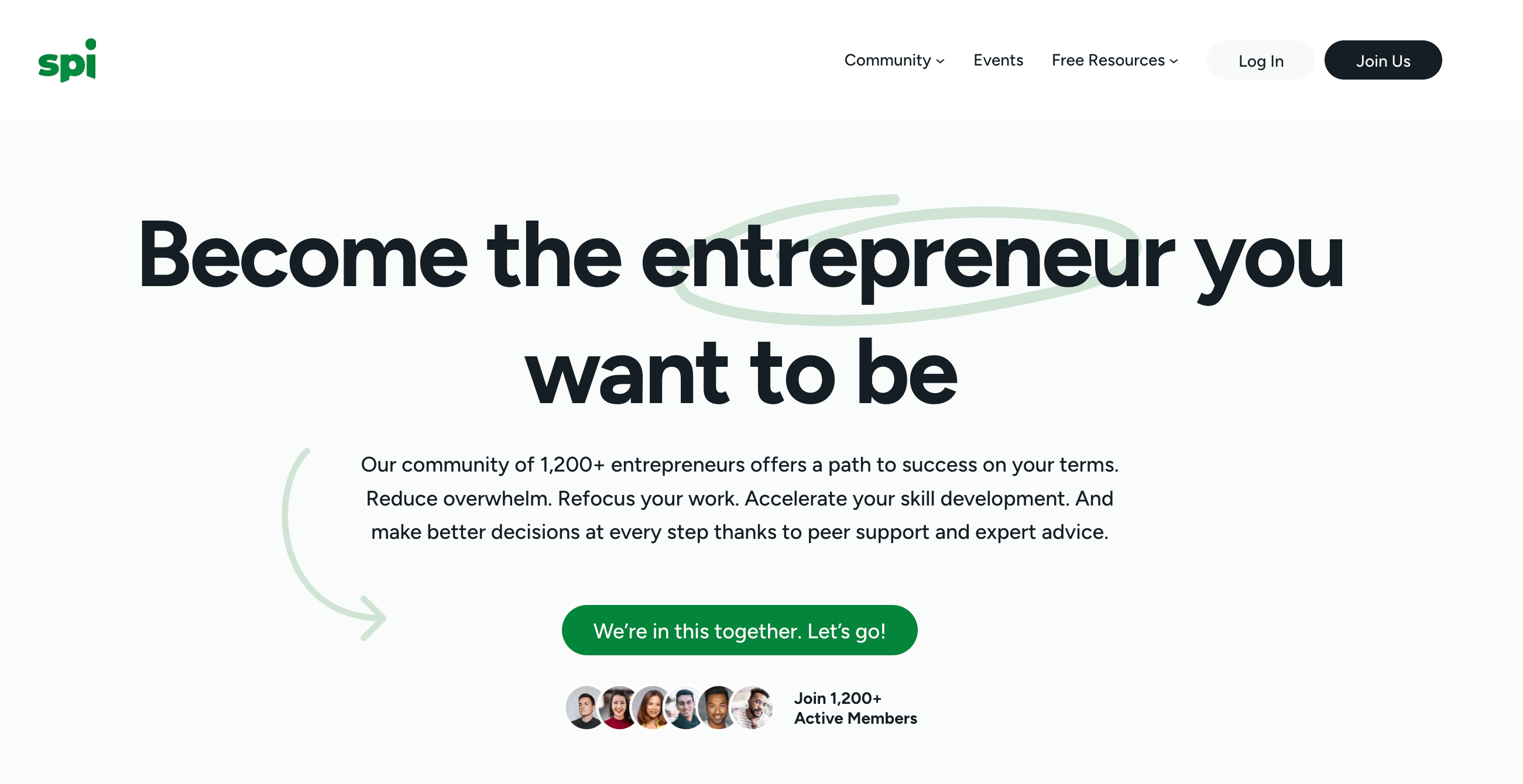



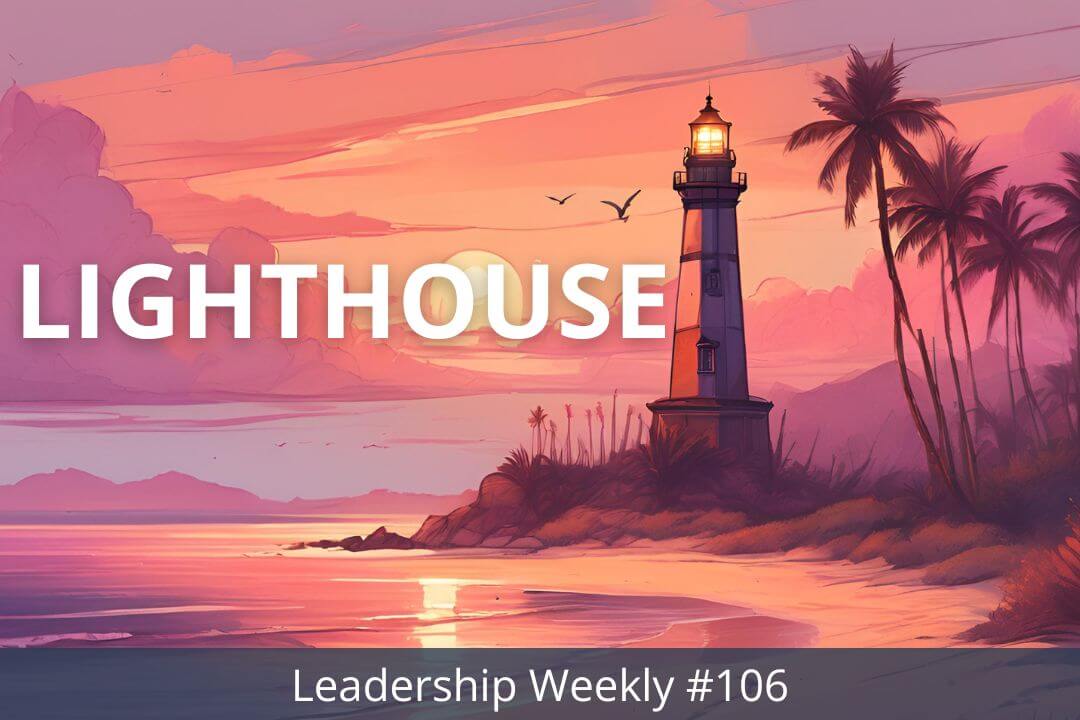




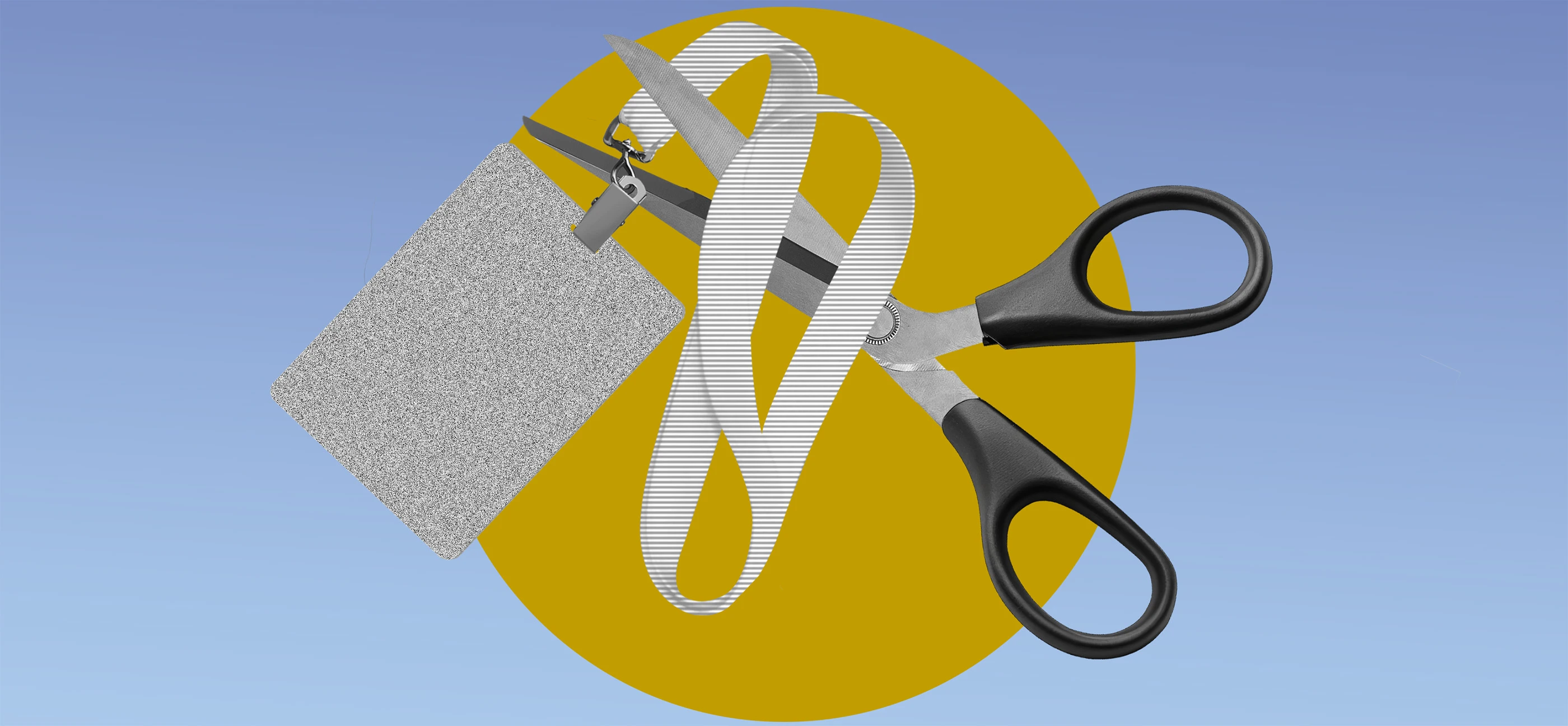
































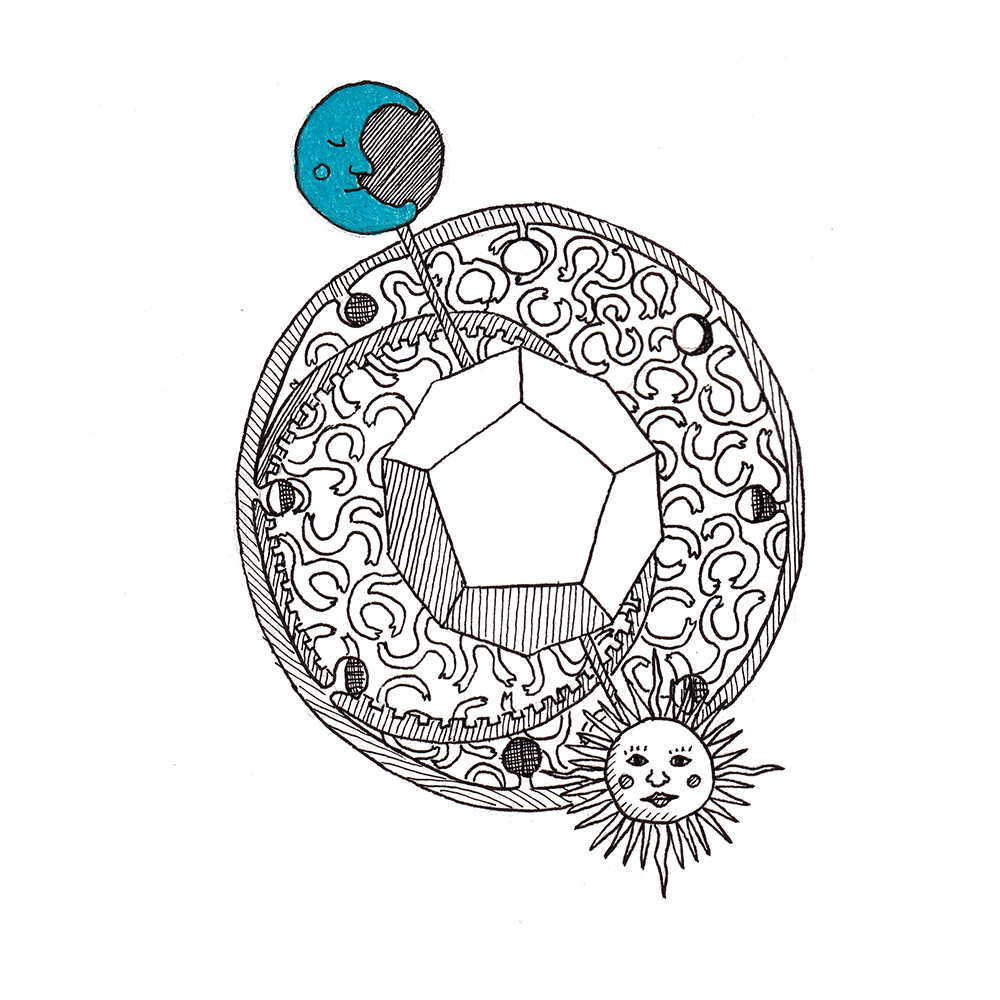
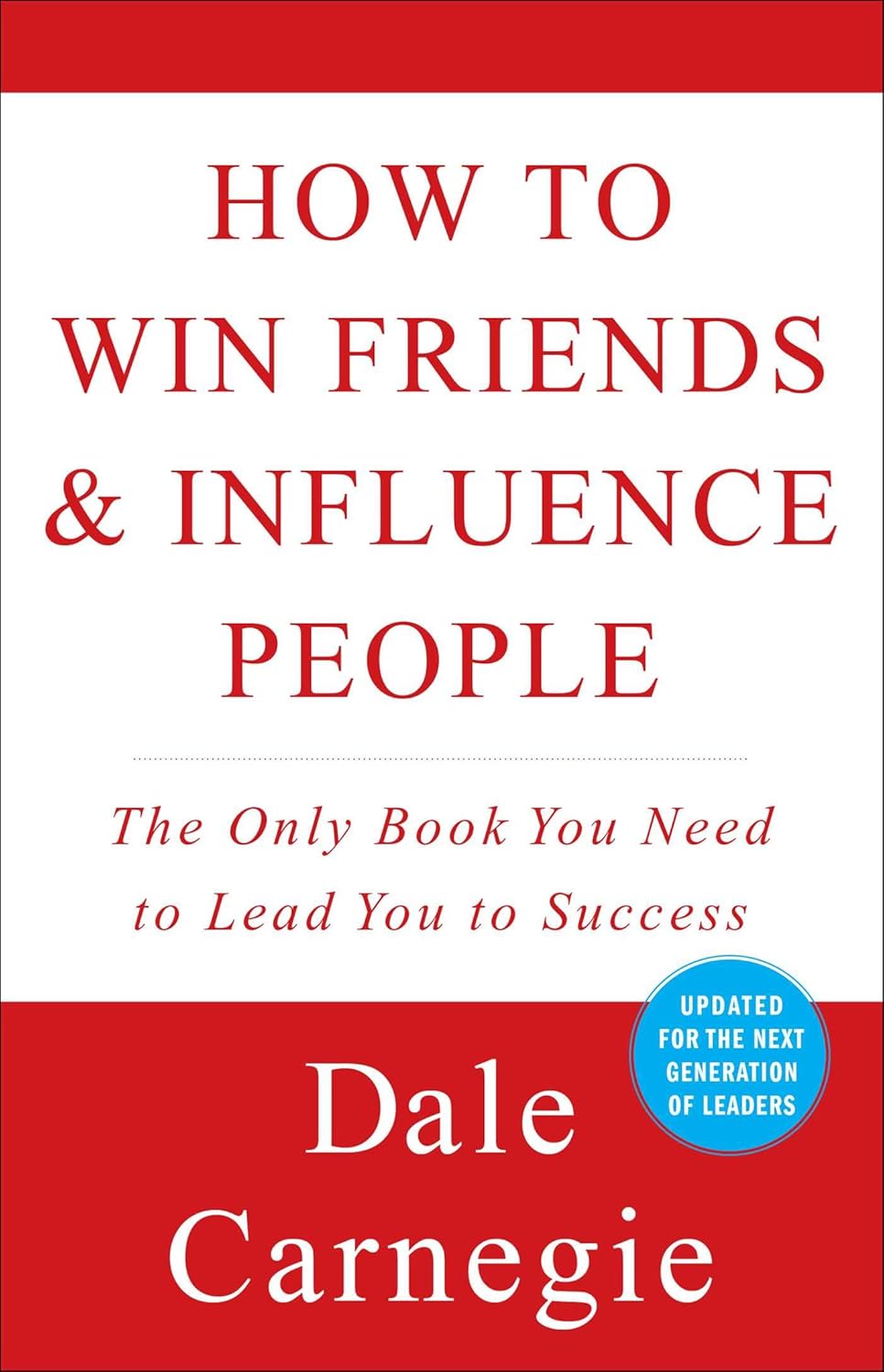












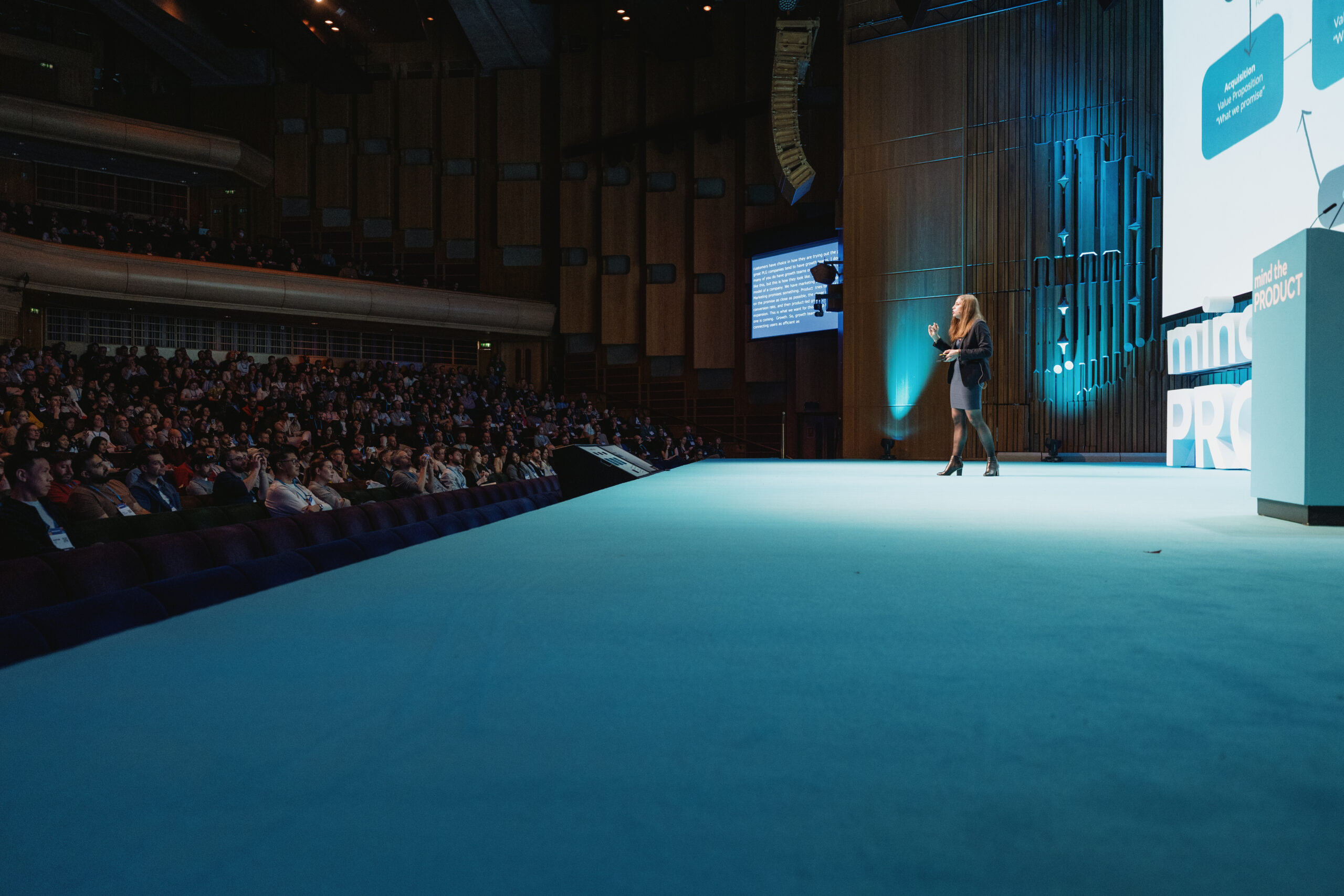

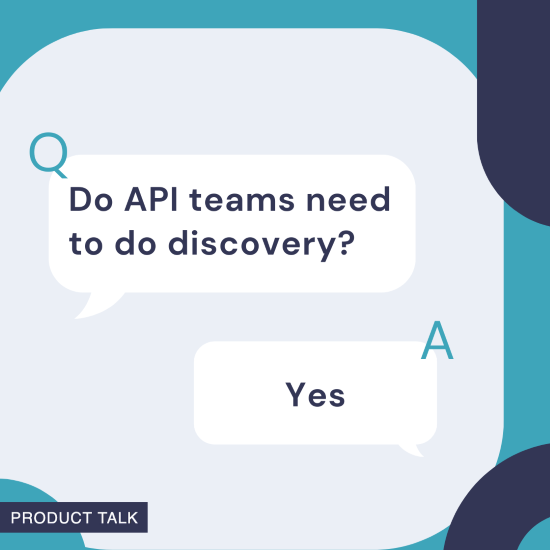
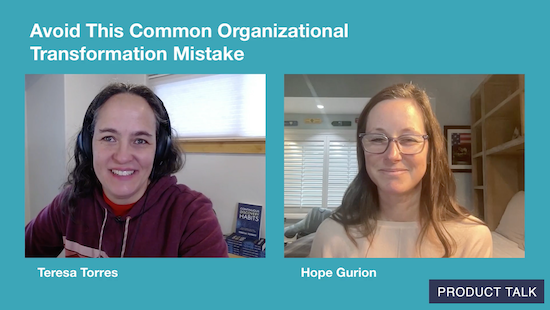
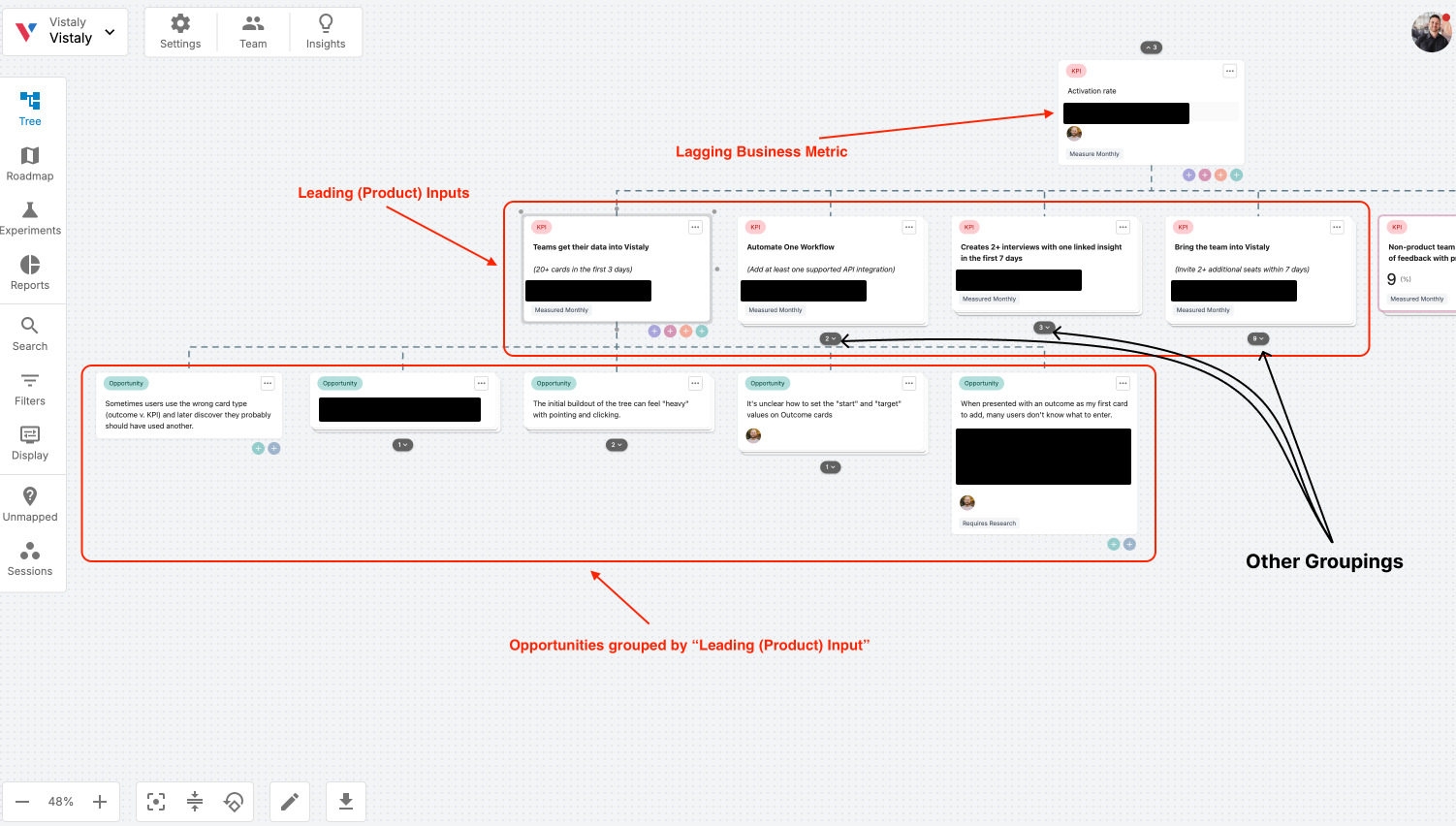
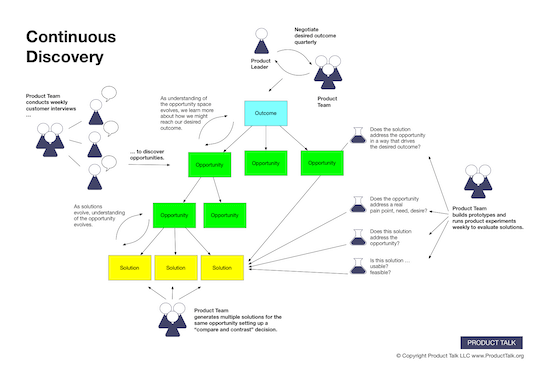



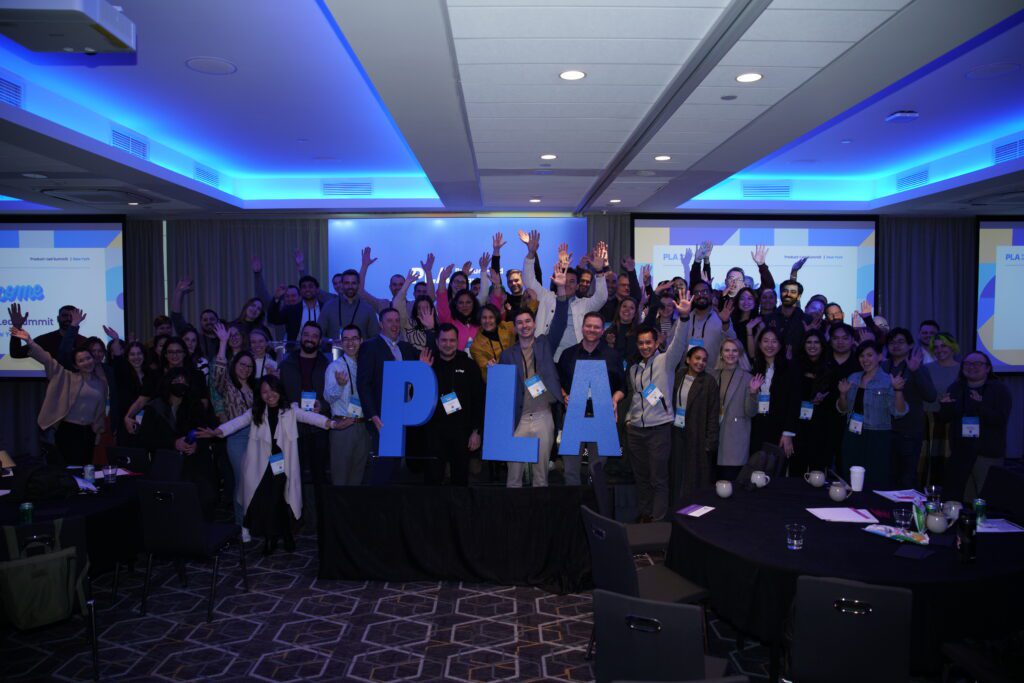






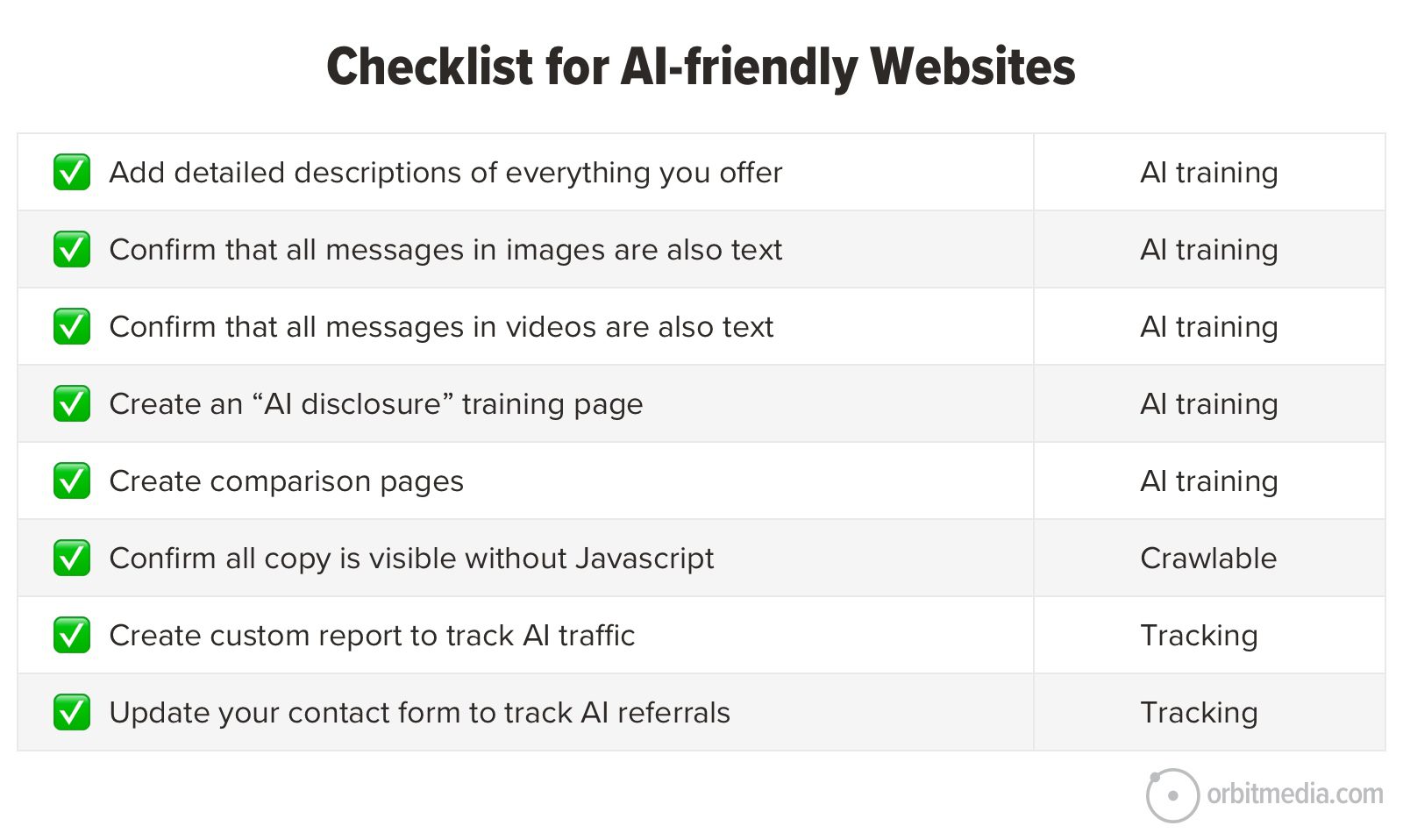



![Building A Digital PR Strategy: 10 Essential Steps for Beginners [With Examples]](https://buzzsumo.com/wp-content/uploads/2023/09/Building-A-Digital-PR-Strategy-10-Essential-Steps-for-Beginners-With-Examples-bblog-masthead.jpg)


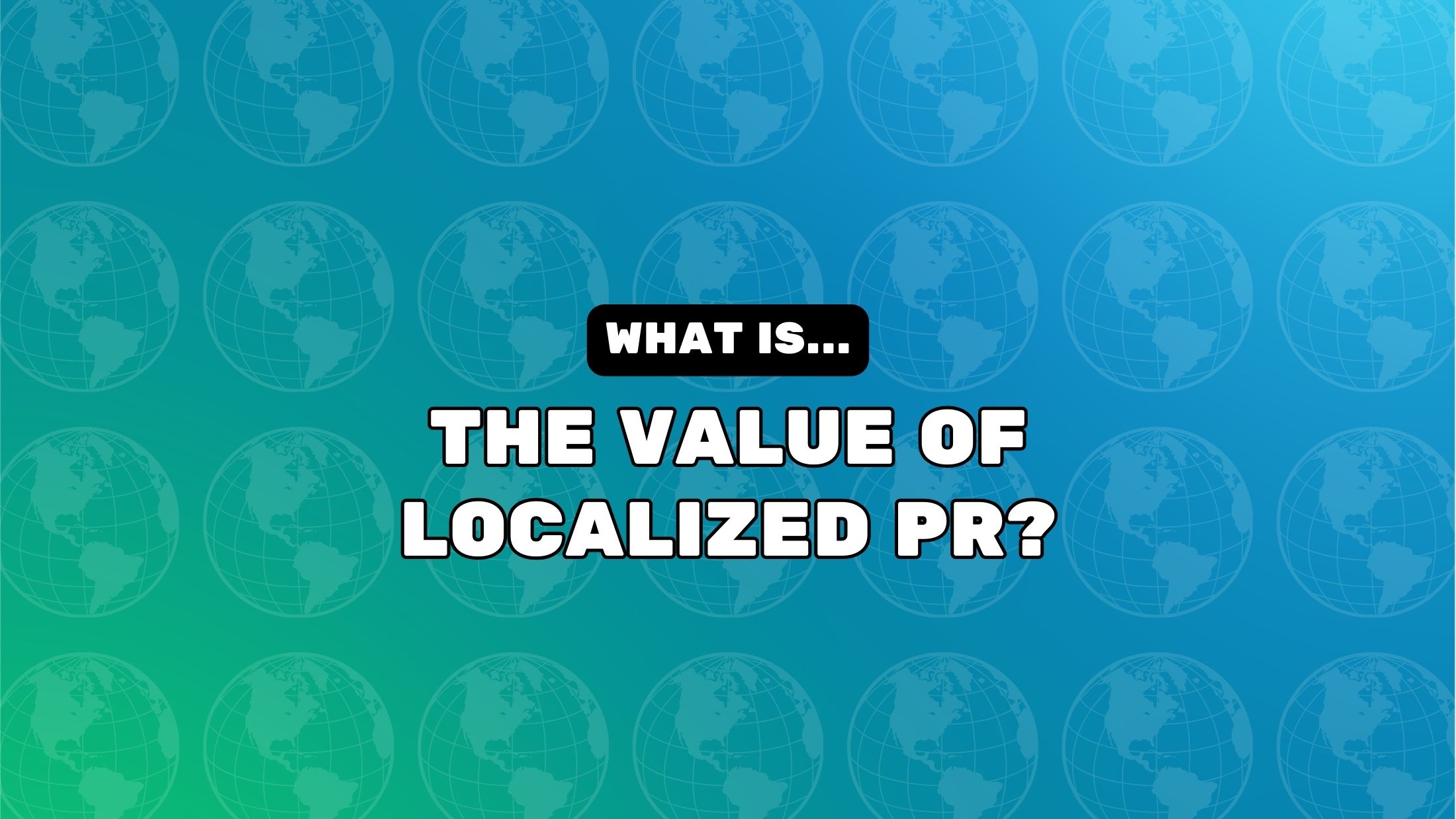
![How One Brand Solved the Marketing Attribution Puzzle [Video]](https://contentmarketinginstitute.com/wp-content/uploads/2025/03/marketing-attribution-model-600x338.png?#)





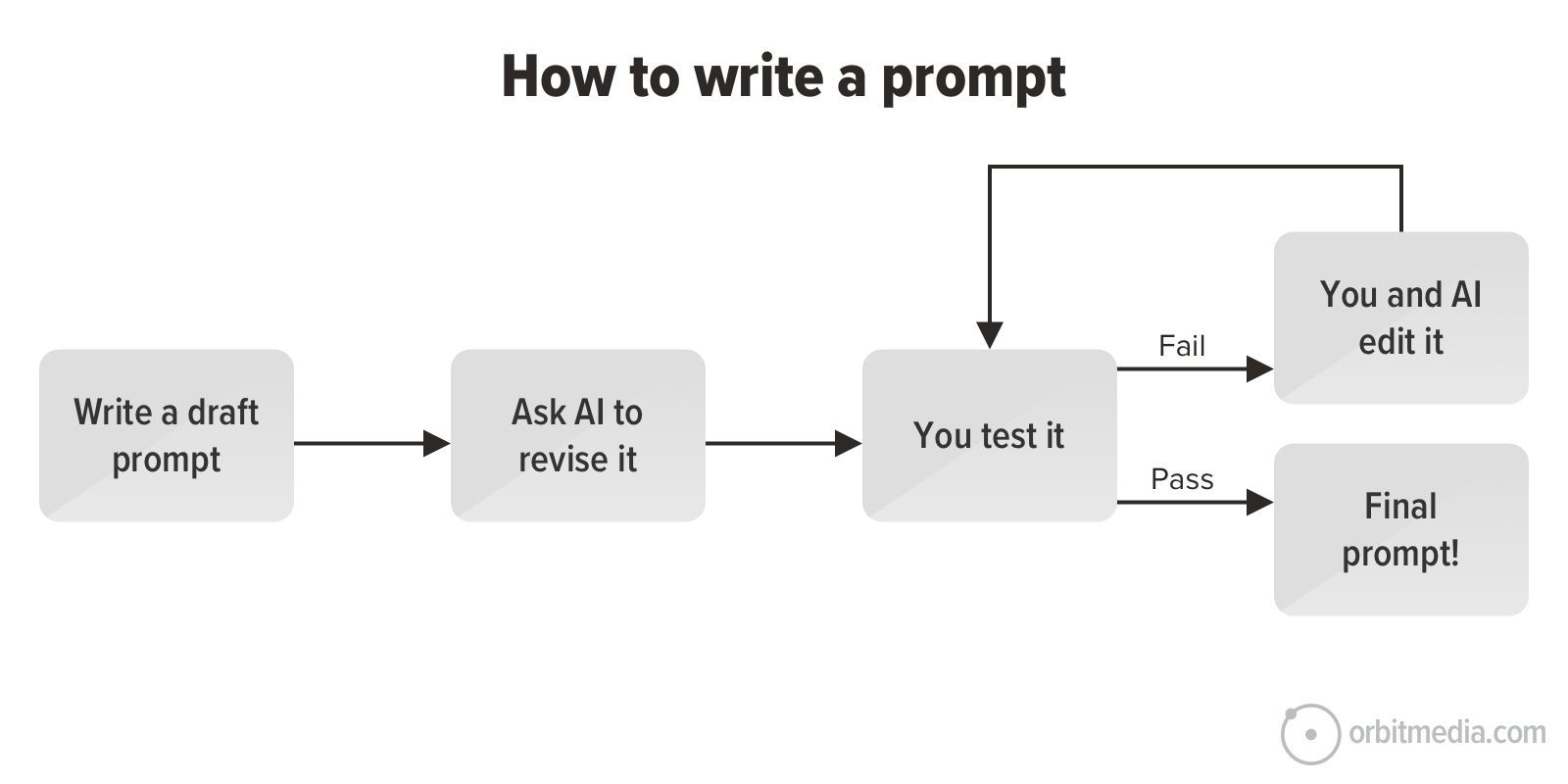
![How to Use GA4 to Track Social Media Traffic: 6 Questions, Answers and Insights [VIDEO]](https://www.orbitmedia.com/wp-content/uploads/2023/06/ab-testing.png)








![[Hybrid] Graphic Designer in Malaysia](https://a5.behance.net/920d3ca46151f30e69b60159b53d15e34fb20338/img/site/generic-share.png)























